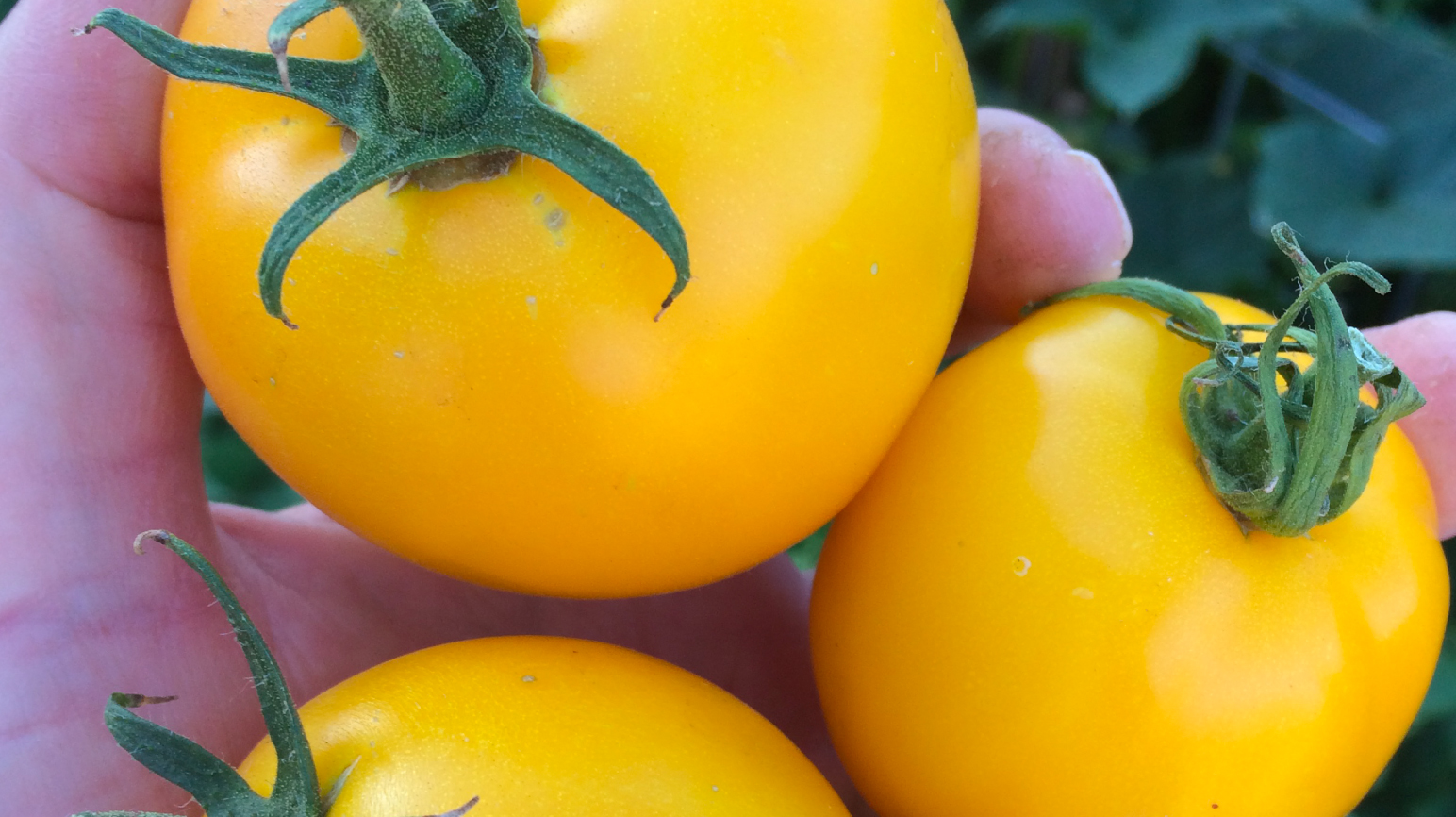Have you ever planned your garden or chosen varieties by how you wanted to use and harvest them?
I do and you should too.
Too often avid gardeners give little to no though on how they are going to utilize their harvestable fruits and vegetables. They plant it all at once, it ripens all at once and they are left with too much food… all at once.
Neighborhood front porches and front seats of unlocked cars are inundated with baskets of beets and baseball bat sized zucchinis. No one is safe!
But there is a better way.
Determining how you are going to use a certain crop, will help you determine how to grow a certain crop.
Here are Seven Simple Harvest Considerations you should put some thought into when planning your garden.
- One & Done Vegetables. One & Done Vegetables will generally mature all at once and once harvested, that individual vegetable is done.One & Done Vegetables would include, Carrots, Beets, Radish, Turnip, Corn, etc.Unless planned and planted correctly you will have an over abundance of produce all at once. Now, if your end goal is to pickle your beets all at once, then you should plant your beets all at once. But if you plan on enjoy that crop throughout the growing season; your best bet is Succession Planting.
- Succession Planting is done by staggering your plantings a week or two apart. This gives you a continual harvest throughout the season. You can continue to do this for as long as your crops’ Days To Maturity, (DTM), doesn’t exceed their growing season.
- Multi-Harvest Vegetables. Multi-Harvest Vegetables are just as the name implies. You are going to get multiple harvests throughout the life-span of that plant. Tomatoes, Peppers, Mellon’s, Squash, Broccoli, Cucumbers, are usually considered Multi-Harvest.Depending on your climate and the vegetable variety, Multi-Harvest veg can be planted once or they may peter-out mid-summer and need an additional planting. Regardless, you will be able to harvest a lot of fruit from that plants life-cycle.Tomatoes, however, can be broken down into a variation of One & Done and Multi-Harvest. The variation occurs between a Determinate and an Indeterminate Tomato Variety respectively.
- Determinate Tomatoes grow to a “determined” or set height and will set and ripen their fruit very closely together. Big industrial growers and canners tend to only grow determinate varieties because they want to be able harvest and can their product all at once; Hence my slightly altered definition of a One & Done.The reality is you will be able to harvest determinate tomatoes for about 3-4 weeks off any given plant. Some of my favorite slicers (Celebrity, Dixie Red, Phoenix, & Rutgers), are determinate varieties.
When the plant expires, you can plant something else in its place, or have another tomato plant ready to replace it – determinate or indeterminate. Make sure you pick are variety whose DTM will not exceed the season. Green tomatoes ripened in a cool garage until Christmas are great, but most people want ripened tomatoes off the vine.
You can also plant different determinate varieties with different DTM assuring you will get tomatoes ripening over a long period of time.
- Indeterminate Tomatoes, however, do not grow to a set height but will continue to “vine” or grow all season. They will also set & ripen fruit on those vines all season and could be considered a multi-harvest vegetable.Greenhouse market growers will prune their tomatoes to a single vine and practice what they call lower and lean as the plant continues to grow up the twine. As the plant exceeds the height of the greenhouse, they lower, lean, or coil the lower-older vine on the ground giving the tops more room to grow and produce new fruit.
Home growers usually just twine, trellis or cage their tomatoes until they begin to flop over their supports and with a healthy plant you’ll get tomatoes until frost.
There is room for both determinate and indeterminate tomatoes in the home garden.
- Cut & Come Again. Cut and Come Again include vegetables like Arugula, Loose Leaf Lettuces, Collards, Kale, Spinach, Swiss Chard and many of your Herbs. These are varieties that you can trim the outer leaves and as long as there is at least 10 hours of sunlight the plant will continue to regenerate new produce thus giving you a continual harvest for the entire season or the lifespan of that plant.
- Different Days To Maturity (DTM) Within Vegetable Varieties. Variety abounds in today’s seed catalogs. You can find early market cabbages that will mature in 60 days or varieties that take over 100 days to mature.The same is true with any variety of vegetable.
Home orchardist do this with their fruit trees. They call it Successive Ripening and it can be done with any fruit tree, cane or vine fruit.
For instance, depending on your climate you can find plums that ripen from early June to July, early to mid July, from late July to Late August or late August to October. So why not grow 2 or 3 different varieties and enjoy plums and pluots over a longer period of time!
So mix up your varieties within any vegetable or fruit group and have a wide choice of tastes and colors spread out over time.
Finally, consider how you are going to utilize your harvested produce? Eaten fresh, given away or preservation?
If you are going to eat fresh, consider succession planting, Cut & Come Again, Multi-Harvest, indeterminate varieties or veg with different days to maturity.
If you want to preserve it for the long haul, consider ways to can, freeze or dehydrate with determinate & bush varieties or mass plantings of varieties with the same DTM.
So as you plan and plant your garden consider first how & when you want to harvest them.
